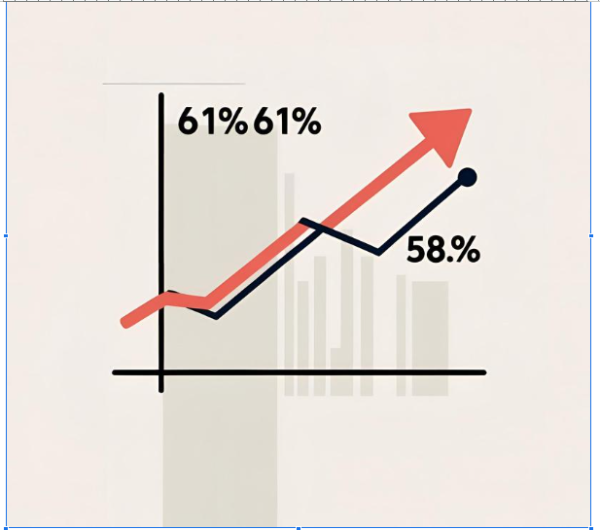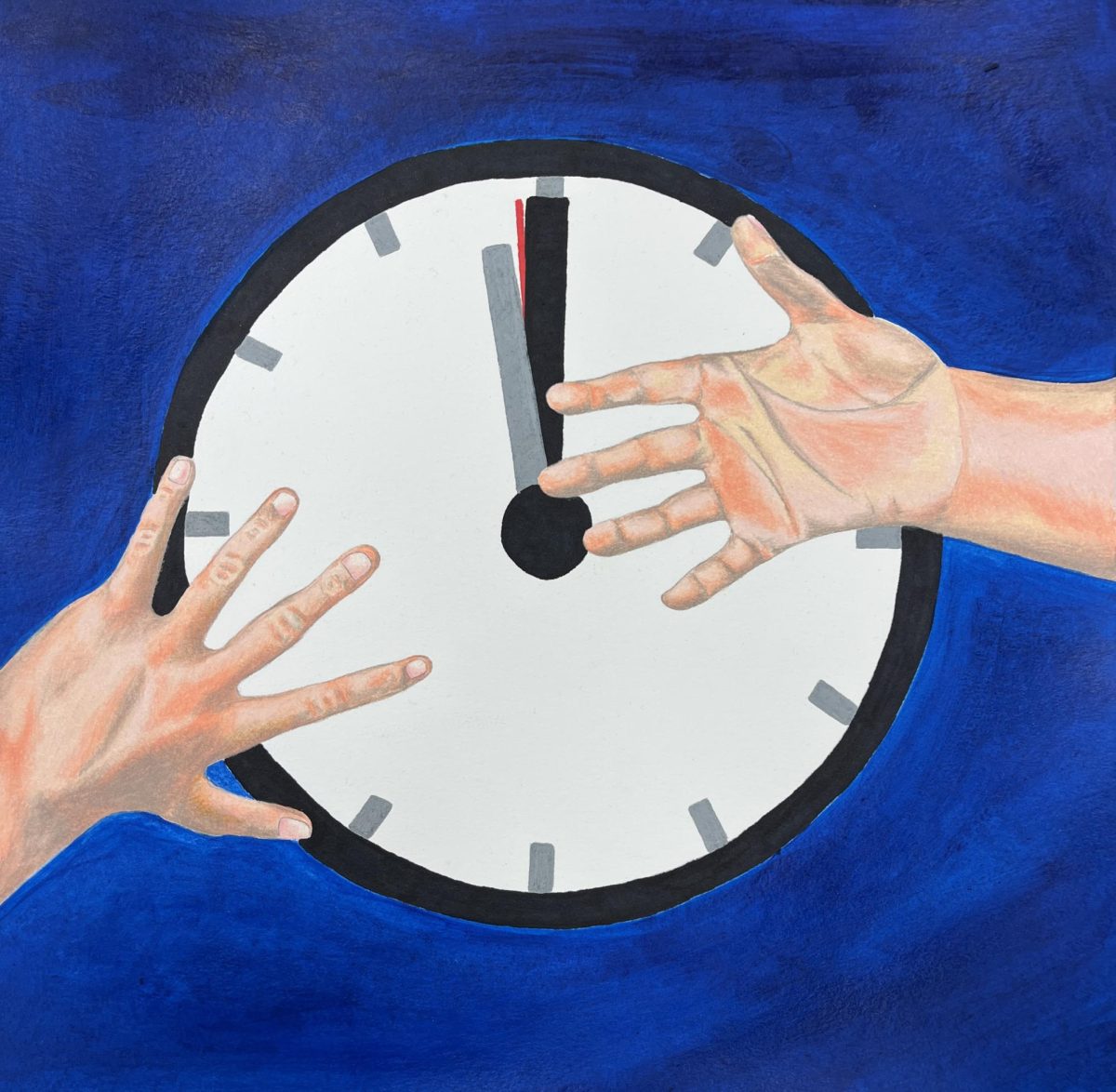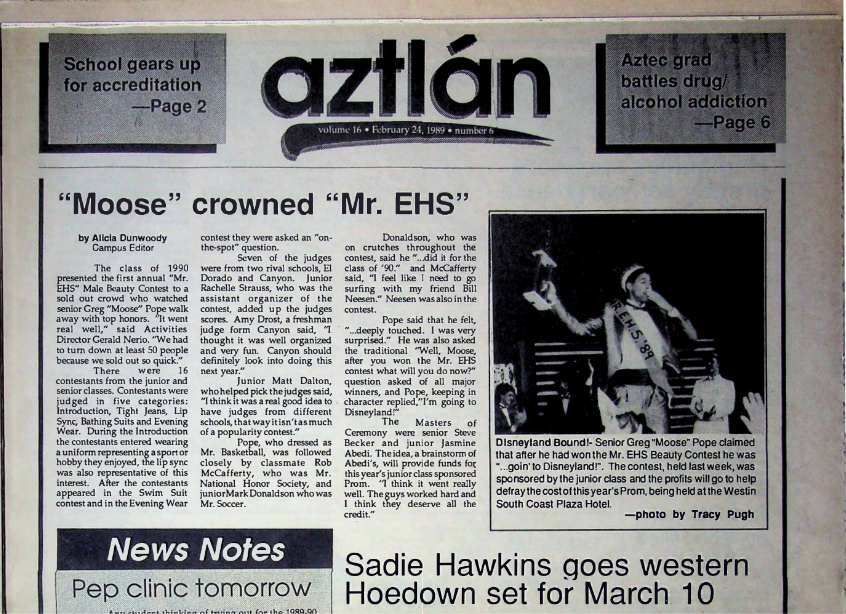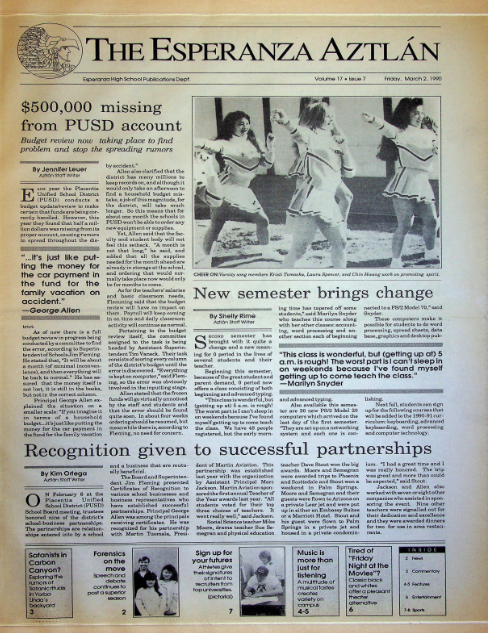The Legends of Valentine’s Day History
Every year, Americans and others around the world celebrate the most (or what should be the most) romantic holiday, Valentine’s Day, on Feb. 14. The holiday of love is now celebrated with giving presents such as chocolate, cards and flowers to one’s loved ones and, especially, their spouse. However, Valentine’s Day was not celebrated quite the same centuries ago. With that, people wonder “Who is this guy named Saint Valentine?” and “What’s the history of the holiday?”
There are many stories and legends to be the told about the history of the holiday, which means to this day there is much confusion over the start of this celebration. To start, the Catholic Church recognizes three saints who are martyrs by the name of Saint Valentine or Saint Valentinus. One of these saints was said to have been a priest who continued to perform marriages even after Emperor Claudius outlawed it. Another legend states that Saint Valentine helped Christian prisoners escape Roman prisons and was thus killed for the act. Another one said that he wrote a letter to his partner, signed “From Your Valentine” at the end.
Although there is no proof to tell whether or not those legends are true, history plays a part with giving us further information to connect the dots all the way.
The Romans celebrated the feast of Lupercalia, a festival dedicated to Faunus, the Roman god of agriculture, as well as to the Roman founders Romulus and Remus, from Feb. 13 to Feb. 15. The men sacrificed a goat for fertility and a dog for purification, and then hit the woman with the hides of the animals. The young women and crops were lined up to be hit because they believed it would make them fertile. After such ceremony, men would draw a woman’s name from a jar, who would then be his partner during the festival. Some couples even lasted after Lupercalia if they were a match.
It is also said that Emperor Claudius II killed two men named Valentine in the 3rd century A.D. on different years. Pope Gelasius I then made Lupercalia a celebration of both Valentines on Feb. 14 to expel pagan rituals. Pope Gelasius made the change at the end of 5th century because he saw it as an opportunity to “un-Christianize” the festival.
Romantic feelings of Valentine’s Day erupted during the middle ages because France and England believed that Feb. 14 was the beginning of birds’ mating season. Adding on, the Normans’ holiday, “Galantin’s Day could have also help structure Valentine’s Day since both holidays sound the same and Galatin stands for “lover of women.” Not just that, but Shakespeare and Chaucer publicized Valentine’s Day celebrations in their works and King Henry V hired a writer named John Lydgate to write valentine letters to Catherine of Valois.
As the years went by, valentine’s greetings became more popular and cards came around shortly after 1400. The holiday was popularized by specific people and countries but also by the Industrial Revolution. It was therefore spread to the New World where in 1913, Hallmark Cards of Kansas City, Mo., began mass producing valentine’s cards.
The oldest known valentine was a poem written in 1415 by Charles, Duke of Orleans, to his wife while being imprisoned in the Tower of London because of his capture at the Battle of Agincourt.
Currently in the United States, 144 million cards are exchanged, $143.56 is the average amount a person is estimated to spend on Feb. 14 and $19.6 billion was spent in 2018. This holiday with many mysterious legends, is still widely celebrated today to express love and to eat a lot of sweets.











































